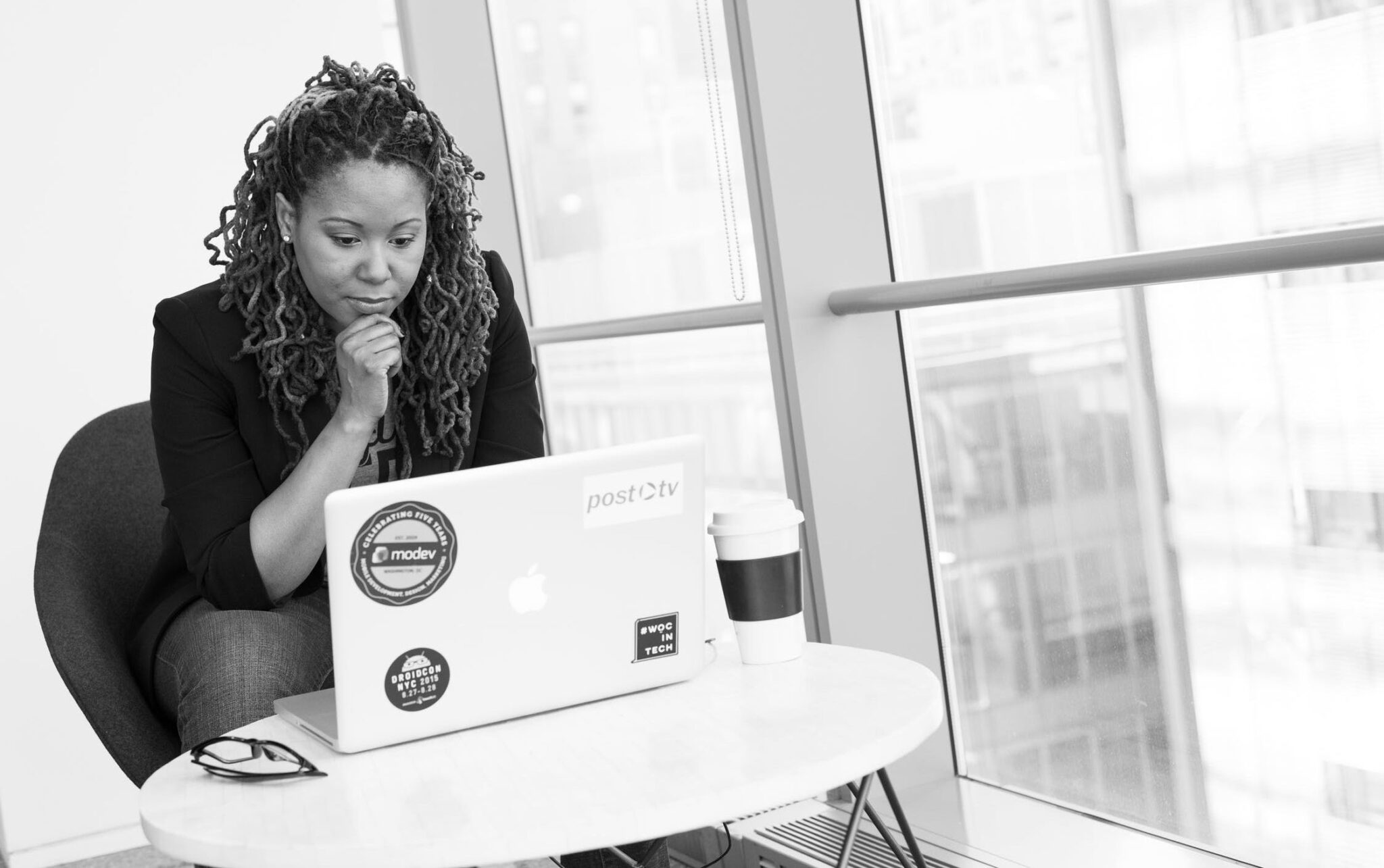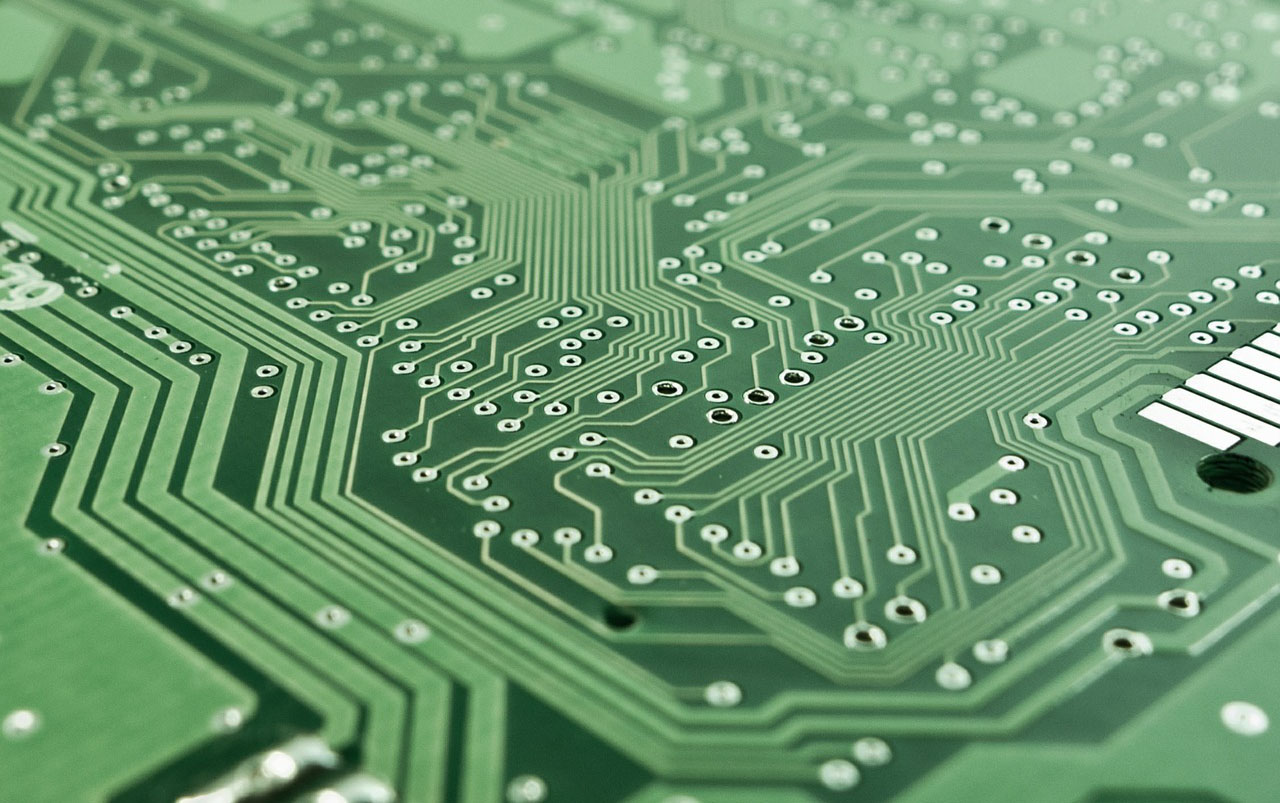As Carl Jung succinctly pointed out: “Thinking is difficult; that’s why most people judge." In this COVID-filled world, where assumptions have been shaken and behaviors radically altered across many sectors, everything from restaurants, to travel, to shipping, to real estate, to healthcare, to technology has been upended. Leaders must simultaneously think deeply about trends and market forces while seeking lots of new data and analysis: one part creative and speculative, the other concrete and analytical.
Only sophisticated organizations can manage these two truth-finding processes simultaneously, and both demand a lot of thinking. Organizations must wade into the ambiguous world of looking for new patterns of behavior, estimate how long these new patterns will last and imagine a future that may be the same or very different than the past. In many settings, I’m seeing more and more data, algorithms and AI helping to shape what I call bionic decision-making.
What’s bionic decision-making? From one point of view, every human decision since the invention of language has been a bionic effort because people use their intuition and their tools — together — to make a choice. I like to use the term bionic because it describes a combination of a human (or humans) plus data, algorithms and, where relevant, AI to make decisions. The more computable our reality becomes (see my post on the Law of Computability), the more we will rely on bionic decision-making.
Of course, this trend is not universally true, as not everything has changed. However, there are places where only those who adopt bionic decision-making will survive. Let’s take restaurants — where some say as many as 50% of locations will go out of business. I’m working with a firm creating very sophisticated labor prediction models based on demand. Traditionally, a restaurant manager uses a three- to four-week rolling average, and gut instinct, to figure out how to staff. You can imagine that staffing, which is the second largest cost for most restaurants after food, is a big deal. The average manager was off about 5% to 20% on any given day. However, today, the four-week moving average is almost useless, and the perturbations of the market — given new COVID numbers and changing responses by government, etc., are making traditional intuition much less useful and in some cases useless.
This strain on intuition is happening in more and more places in our economy. Will people return to retail stores? When? How many people want to go “back to the office” when things get better? How many people will take the COVID vaccine if we ever have one? What will happen with air travel? Some things, like the intuition of what makes for a good on-demand movie series probably have not changed... but many things have. What do you do?
- Step 1: Determine whether intuition is dead on the task you’re trying to manage.
- Step 2: If it is dead, see if you can model the problem. Gather data. Make predictions, but build a model that is incredibly flexible and can be updated with new data and information easily.
- Step 3: Build a business process that can help build, use and implement the implications of these decisions.
- Step 4: Build a learning system that can update the model, the capabilities and the data.
- Step 5: Partner with suppliers and customers who recognize the death of intuition and help make sense of the new world with them in concert with your efforts.
See also: COVID-19 and Need for Analytical Insurers
We know who wins at chess — it’s a team of people with a team of machines. The game requires a new type of bionic, network intelligence. In roofing, you can’t be competitive if you don’t have automatic nail guns. So, too, in many businesses; if you don’t go bionic, your non-bionic intuition might spread and kill your whole business.
The bionic world demands a new learning system where your organization can review, ingest, test and evaluate new types of algorithms faster than ever before. Moreover, you need to re-frame decision-making as not just the annealing of data into information into wisdom, but as a constant discovery process with new data and findings all the time. I get tired just thinking about it, but those who do master this new bionic learning will operate at a pace and accuracy that will leave the competition in the dust — and there’s a lot of dust in the air now, and there will be for a while to come.








